
For decades, Saudi Arabia was largely off-limits to international tourists, with entry primarily restricted to business travelers, expatriate workers, and Muslim pilgrims traveling for the Hajj and Umrah. However, a transformative shift is underway. Under its ambitious Vision 2030 plan, Saudi Arabia is now welcoming tourists from all over the globe, opening its doors to a world of rich history, stunning landscapes, and unparalleled cultural experiences. This new initiative is designed to diversify the nation's economy and introduce the world to the Kingdom's vibrant heritage and hospitality. This detailed article will serve as your essential guide, providing all the crucial information you need to know about traveling to Saudi Arabia from visa requirements and cultural etiquette to must-see attractions. If you're looking for a truly unique and enriching travel destination, Saudi Arabia is now welcoming tourists, and this is your guide to getting started.
Section 1: The Saudi Tourist Visa—Your Gateway to the Kingdom
The first and most critical step for any visitor is securing the correct visa. The new tourist visa system is a significant part of the initiative to make Saudi Arabia now welcoming tourists.
1.1 Understanding the E-Visa and Visa on Arrival
The most common and convenient way for tourists to enter Saudi Arabia is through the electronic visa (e-Visa) or a visa on arrival. Citizens from a wide range of eligible countries can apply for the Saudi e-Visa online, a process that is designed to be fast and straightforward.
Online Application: The official "Visit Saudi" website is the primary portal for the e-Visa application. The process typically requires a valid passport with at least six months of validity from the date of entry, a recent photograph, and payment of the visa fee.
Visa on Arrival: For many nationalities, a visa can also be obtained upon arrival at major airports in Saudi Arabia. This is a convenient option for those who may not have had time to complete the online application, though it's often recommended to get the e-Visa in advance to avoid potential delays.
Cost and Validity: The multiple-entry tourist visa is generally valid for one year from the date of issuance and allows for a stay of up to 90 days in the country. The cost for the visa is a set fee, which includes mandatory travel medical insurance.
1.2 Eligibility for the Saudi Tourist Visa
Eligibility for the tourist visa is a key consideration. The list of eligible countries for the Saudi e-Visa has expanded significantly. Tourists from North America, most of Europe, and parts of Asia and Oceania are now included. In a further move to make Saudi Arabia now welcoming tourists, holders of valid US, UK, or Schengen visas may also be eligible for a visa on arrival, provided their visa has been used at least once and has an entry stamp from the issuing country. It is crucial to check the most up-to-date list of eligible countries and requirements before planning your trip.
1.3 Umrah and the Tourist Visa
A notable benefit of the tourist visa is that it allows for the performance of Umrah. This is a major change, as historically, a separate visa was required for this pilgrimage. This means that a tourist can now visit the holy cities of Makkah and Madinah (with Makkah being off-limits to non-Muslims) as part of their general tourism itinerary, except during the Hajj season.
Section 2: Navigating Saudi Culture and Customs

The cultural landscape of Saudi Arabia is deeply rooted in Islamic traditions and Arab hospitality. For a rewarding and respectful travel experience, it is essential for tourists to understand and abide by local customs. The Kingdom is actively working to make Saudi Arabia now welcoming tourists, but travelers are expected to show respect for the local way of life.
2.1 Dress Code and Public Decorum
Modesty is a cornerstone of Saudi culture. While some previous restrictions have been relaxed, a conservative dress code is still expected in public spaces.
For Women: While the full-length abaya is no longer legally mandatory for foreign women, it is highly recommended to wear loose-fitting clothing that covers the shoulders and knees. A headscarf is not required in most public areas, but it is essential to carry one for visiting mosques or other religious sites.
For Men: Men should also dress modestly, avoiding shorts or sleeveless shirts. Long pants and sleeved shirts are the standard.
Public displays of affection are strictly prohibited, even between married couples. Discretion and respect for personal space are valued.
2.2 Social Interactions and Etiquette
Saudis are renowned for their incredible hospitality, and tourists are often welcomed with warmth and generosity.
Greetings: A simple handshake with the right hand is a common form of greeting between men. When greeting a woman, it is polite to wait for her to extend her hand first. A verbal greeting or a nod is also considered respectful.
Taking Photos: Always ask for permission before taking a photo of a person, especially women. It is also wise to avoid photographing government buildings or military installations.
Prayer Times: Saudi Arabia observes five daily prayers. During these times, many shops and businesses will close for a short period. This is an important part of daily life, and tourists should be mindful and respectful of this practice.
2.3 Prohibitions and Legal Matters
Travelers must be aware of and adhere to local laws, which are based on Islamic principles.
Alcohol and Pork: The importation and consumption of alcohol and pork products are strictly prohibited. These laws are enforced, and violations can lead to severe penalties.
Drugs: Saudi Arabia has a zero-tolerance policy for drug-related offenses, which carry extremely severe punishments, including the death penalty.
Social and Political Criticism: Any form of public criticism of the government, the royal family, or Islam is illegal and can result in imprisonment. This extends to social media posts made even before arriving in the country.
Section 3: Exploring the Best of Saudi Arabia
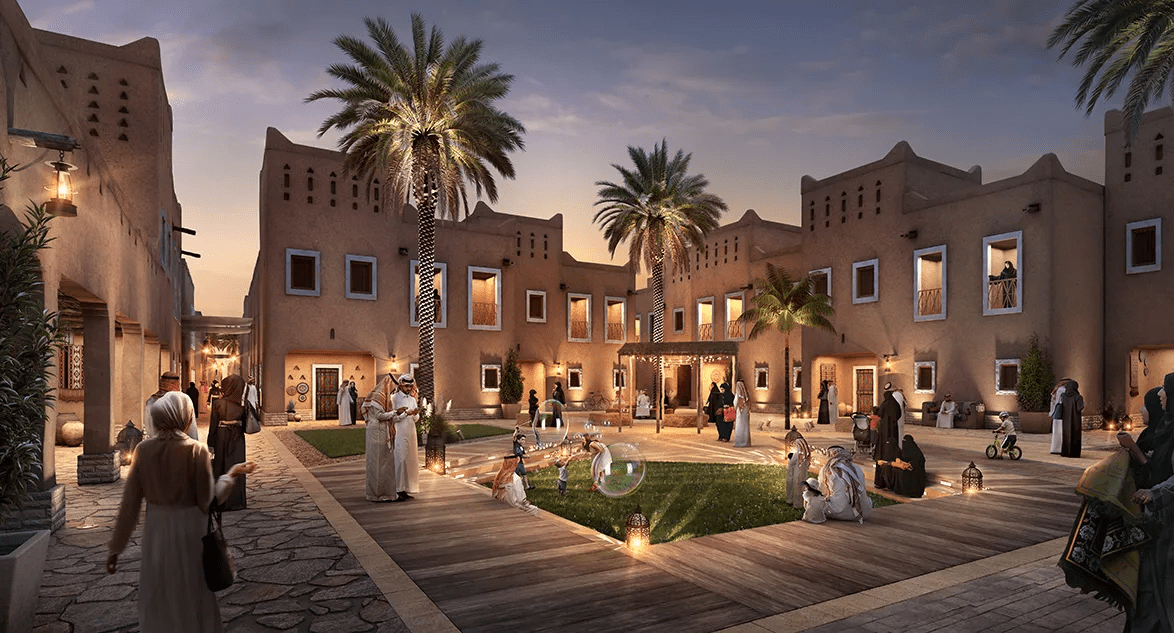
With Saudi Arabia now welcoming tourists, the country's vast and diverse attractions are finally accessible to the world. From ancient archaeological sites to futuristic megacities, there is a wealth of experiences waiting to be discovered.
3.1 Historical and UNESCO World Heritage Sites
Saudi Arabia is home to a number of incredible historical sites that showcase its deep-rooted past.
Al-Ula: Often called the "Crown Jewel" of Saudi Arabia, Al-Ula is a breathtaking archaeological wonder. Its most famous site is Hegra (also known as Mada'in Salih), a UNESCO World Heritage site and the Kingdom's version of Petra, with magnificent tombs carved into sandstone cliffs.
Historic Jeddah (Al-Balad): A UNESCO World Heritage site, Al-Balad is the old town of Jeddah. Its labyrinthine streets and ancient coral-stone houses offer a glimpse into the city's history as a major port for the Indian Ocean trade routes.
Diriyah: The original home of the House of Saud, Diriyah is a UNESCO site that is being meticulously restored. It offers a fascinating look at traditional Najdi architecture and the Kingdom's origins.
3.2 Modern Marvels and Vibrant Cities
The modern side of Saudi Arabia is just as compelling, with dynamic cities that are a testament to its rapid development.
Riyadh: The nation's capital, Riyadh, is a bustling metropolis where ancient traditions meet modern ambition. The Kingdom Centre Tower, with its famous Sky Bridge, offers panoramic views of the city. The National Museum provides an excellent overview of the country's history and culture.
Jeddah: Known as the "Bride of the Red Sea," Jeddah is a more cosmopolitan city. Beyond its historic Al-Balad district, it boasts a stunning waterfront Corniche, modern shopping malls, and a vibrant arts scene.
The Red Sea Coast: With a vast coastline, Saudi Arabia is developing world-class resorts and marine sanctuaries. The Red Sea is a diver's paradise, with pristine coral reefs and a rich diversity of marine life.
3.3 Natural Wonders
Beyond its cities and history, Saudi Arabia's natural landscapes are awe-inspiring.
The Empty Quarter (Rub' al Khali): As the world's largest sand desert, the Empty Quarter is a landscape of colossal sand dunes and breathtaking beauty. It offers unique opportunities for desert safaris and stargazing.
Farasan Islands: Located in the Red Sea, this archipelago is a protected marine sanctuary, home to diverse wildlife, including gazelles, and is a haven for birdwatchers.
Section 4: Practical Travel Tips for Tourists
Preparing for your trip to Saudi Arabia requires some practical considerations to ensure a smooth and enjoyable journey.
Language: While the official language is Arabic, English is widely spoken in cities, hotels, and major tourist areas. Learning a few basic Arabic phrases, such as "Shukran" (thank you) and "Marhaba" (hello), will be greatly appreciated.
Currency: The official currency is the Saudi Riyal (SAR). Credit cards are widely accepted in cities, but it's a good idea to carry some cash for smaller purchases and transactions in more rural areas.
Best Time to Visit: The cooler winter months, from November to March, are generally the most pleasant time to visit, especially for outdoor activities and exploring the desert.
Transportation: Major cities are well-connected by air and a modern high-speed train system. Within cities, ride-sharing services like Uber and Careem are readily available and reliable.
Travel Insurance: Although the tourist visa includes basic health insurance, it is always a good idea to purchase additional comprehensive travel insurance for peace of mind.
In conclusion,
Saudi Arabia is now welcoming tourists with a comprehensive and appealing offering. The Kingdom has made significant strides in opening up to the world, making travel easier and more accessible than ever before. By understanding the new visa processes, respecting local customs, and planning to explore its incredible range of attractions, tourists can have an unforgettable experience in this fascinating and rapidly changing nation.
;More Travel News
-
 03-Jul-2024Top 10 most liked cities to visit in the whole world
03-Jul-2024Top 10 most liked cities to visit in the whole world -
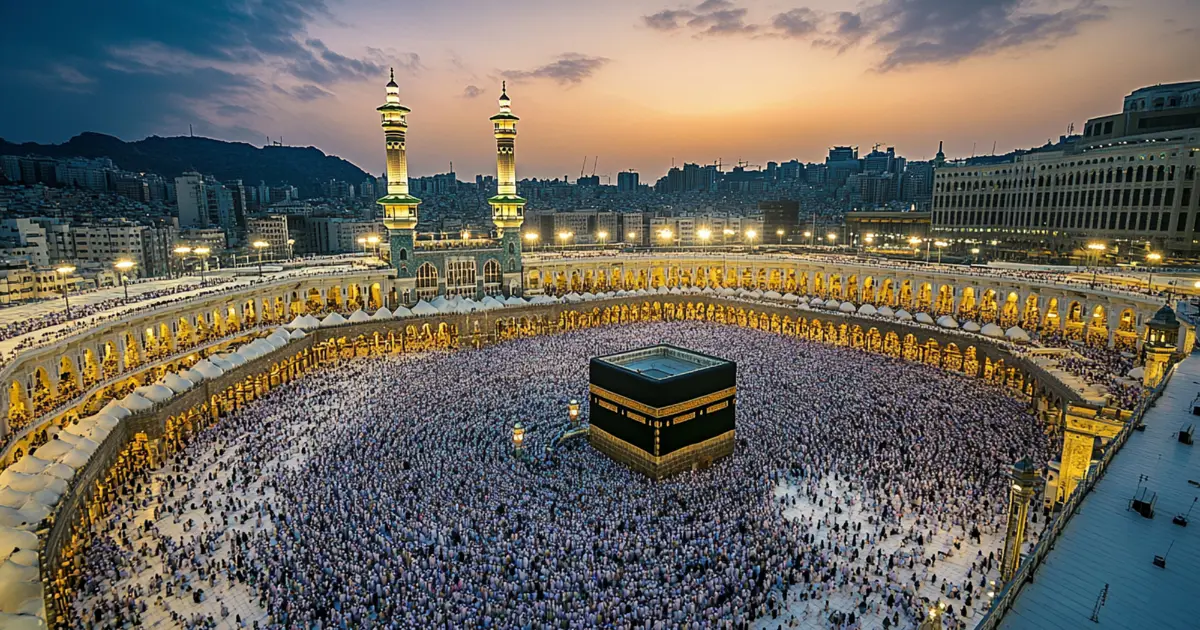 19-Feb-2025Umrah 2025: Latest Package Deals and Travel Guidelines Revealed
19-Feb-2025Umrah 2025: Latest Package Deals and Travel Guidelines Revealed -
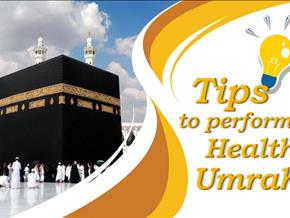 21-Oct-2024How to stay fit during Umrah. Best Tips for a Healthy Umrah Experience
21-Oct-2024How to stay fit during Umrah. Best Tips for a Healthy Umrah Experience -
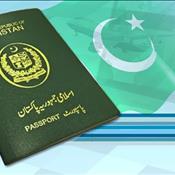 06-Jun-2023Applying for a Tourist Visa to Pakistan 2023
06-Jun-2023Applying for a Tourist Visa to Pakistan 2023 -
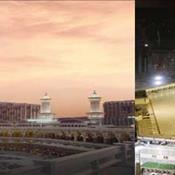 22-Oct-2019Online Umrah Visa Applications Now Open
22-Oct-2019Online Umrah Visa Applications Now Open -
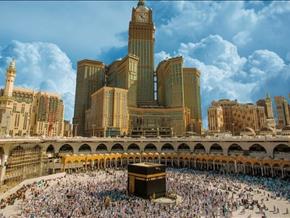 13-Feb-2025Contact Details for Hajj Officers During Hajj Season 2025
13-Feb-2025Contact Details for Hajj Officers During Hajj Season 2025 -
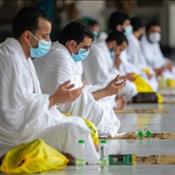 05-Feb-2022Historical Chart of Hajj Package by Government of Pakistan
05-Feb-2022Historical Chart of Hajj Package by Government of Pakistan -
 05-Aug-2024PIA Starts Direct Flights To Jeddah from Faisalabad To Facilitate Pilgrims
05-Aug-2024PIA Starts Direct Flights To Jeddah from Faisalabad To Facilitate Pilgrims -
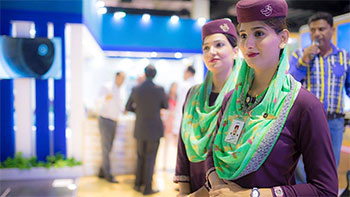 30-Aug-2025PIA Flights to UK Set to Resume in September
30-Aug-2025PIA Flights to UK Set to Resume in September -
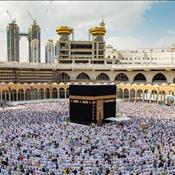 23-Sep-2020Umrah Pilgrimage To Be Resumed By Saudi Government From Oct 4, 2020
23-Sep-2020Umrah Pilgrimage To Be Resumed By Saudi Government From Oct 4, 2020 -
 31-Mar-2021Best Countries That Offer Easy Visa To Pakistanis
31-Mar-2021Best Countries That Offer Easy Visa To Pakistanis -
.jpg) 18-Aug-2025Türkiye Updates Transit Visa Fees for Pakistani Travelers
18-Aug-2025Türkiye Updates Transit Visa Fees for Pakistani Travelers
